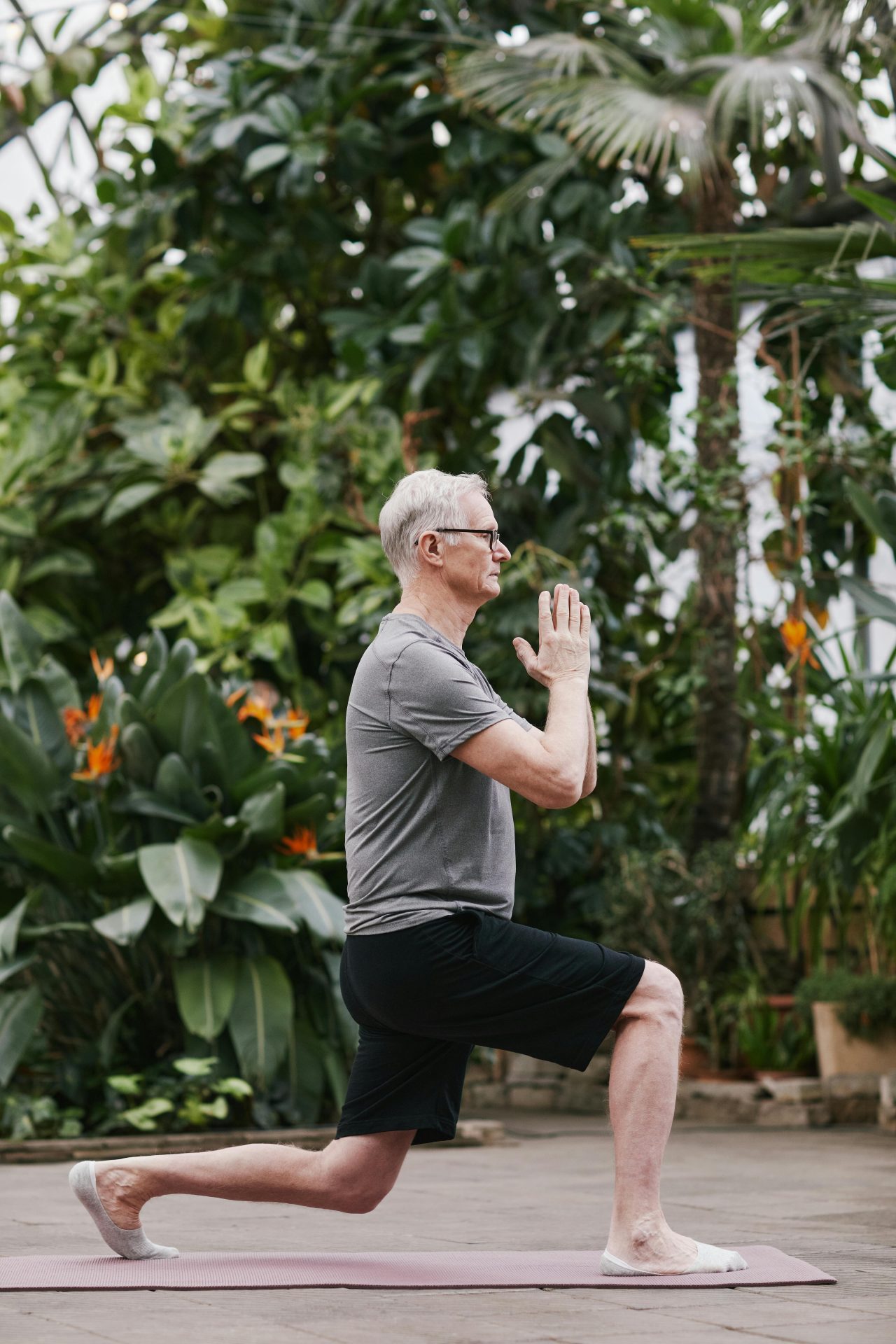Vitamin D and Falls in Older Adults: What You Need to Know
Vitamin D and Falls in Older Adults: What You Need to Know
Vitamin D is essential for good health, but recent research suggests it may not help prevent falls or fractures in older adults. Here’s a simplified overview of the findings, what works for fall prevention, and how to maintain healthy vitamin D levels.
Key Findings on Vitamin D
The U.S. Preventive Services Task Force (USPSTF) reviewed the evidence and made the following conclusions:
- Vitamin D supplements do not prevent falls or fractures in healthy older adults living at home.
- The recommendation does not apply to individuals in assisted living, those with diagnosed osteoporosis, or those using vitamin D for medical reasons.
- Public comments on the draft recommendation are open until January 21.
Why This Matters: Preventing falls and fractures is crucial for maintaining independence and health in older adults.
Why Vitamin D Still Matters
While it may not prevent falls, vitamin D has other health benefits:
- Supports bone and muscle strength: It helps with calcium absorption.
- Boosts immunity: It can protect against infections and inflammation.
- Potential benefits for heart health: Studies suggest it may reduce risks of severe illnesses like COVID-19 and the flu.
Risks of Too Much Vitamin D
- High doses can cause stomach discomfort, kidney problems, and high blood calcium levels, leading to symptoms like nausea, muscle weakness, and confusion.
- Always consult a doctor before starting supplements.
How to Get Enough Vitamin D
Recommended Daily Intake:
- Adults need 600–800 IU of vitamin D daily, depending on age.
Sources of Vitamin D:
- Food:
- Fatty fish (salmon, mackerel, tuna)
- Egg yolks
- Mushrooms
- Fortified foods (milk, orange juice)
- Sunlight: The primary source of vitamin D, but use sunscreen to prevent skin cancer.
Effective Ways to Prevent Falls and Fractures
The Centers for Disease Control and Prevention (CDC) offers evidence-based strategies to reduce the risk of falls:
Physical Activity:
- Aerobic exercise: At least 150 minutes of moderate activity per week.
- Muscle strengthening: Weightlifting or resistance training, 2 days per week.
- Balance exercises: Yoga, tai chi, or standing on one foot.
Health Screenings:
- Get screened for osteoporosis.
- Have regular vision and hearing checks.
Daily Habits:
- Stand up slowly after sitting to avoid dizziness.
- Remove trip hazards from the home, such as loose rugs or clutter.
Expert Advice
Dr. Wendolyn Gozansky, a geriatrician, recommends finding an enjoyable exercise routine for consistency. Examples include:
- Weight-bearing activities like walking.
- Balance-focused exercises like yoga or tai chi.
Takeaway
- Vitamin D supplements don’t prevent falls or fractures in healthy older adults.
- Exercise, health screenings, and a safe home environment are more effective strategies for fall prevention.
- Sunshine and a balanced diet remain the best ways to maintain healthy vitamin D levels.
- Always consult your doctor for personalized health advice.
FAQs
1. Can vitamin D prevent falls and fractures?
No, recent research shows that vitamin D supplements do not reduce the risk of falls or fractures in healthy older adults. However, they may still be beneficial for those with osteoporosis or other medical conditions.
2. How much vitamin D should I take daily?
Adults need 600–800 IU of vitamin D per day, depending on their age. Consult your doctor to determine the right amount for you.
3. What are the best sources of vitamin D?
You can get vitamin D from fatty fish, egg yolks, fortified foods, and sunlight. However, be cautious with sun exposure to avoid skin cancer.
4. What exercises help prevent falls?
Aerobic activities, muscle strengthening, and balance exercises like yoga or tai chi can reduce the risk of falls.
5. Should I take vitamin D supplements?
Only take supplements if recommended by your doctor, especially if you have a deficiency or a medical condition like osteoporosis.
6. What else can I do to prevent falls?
Regular health screenings, maintaining a safe home environment, and staying physically active are key to fall prevention.




